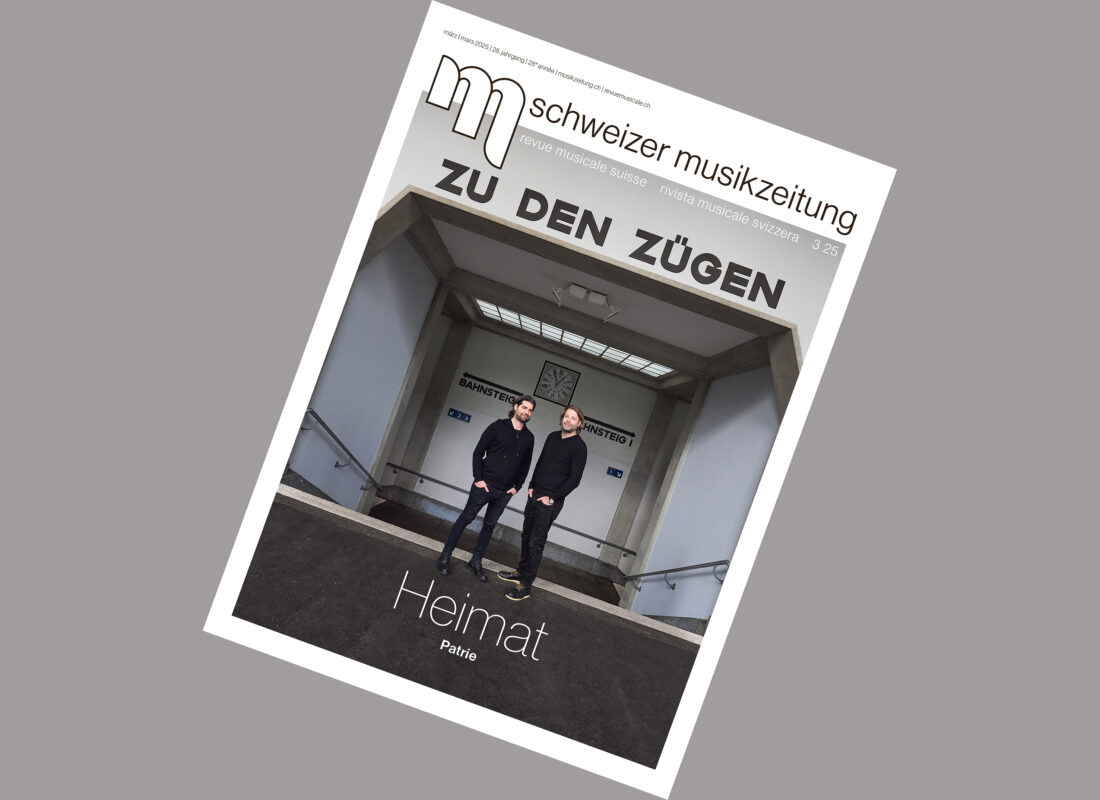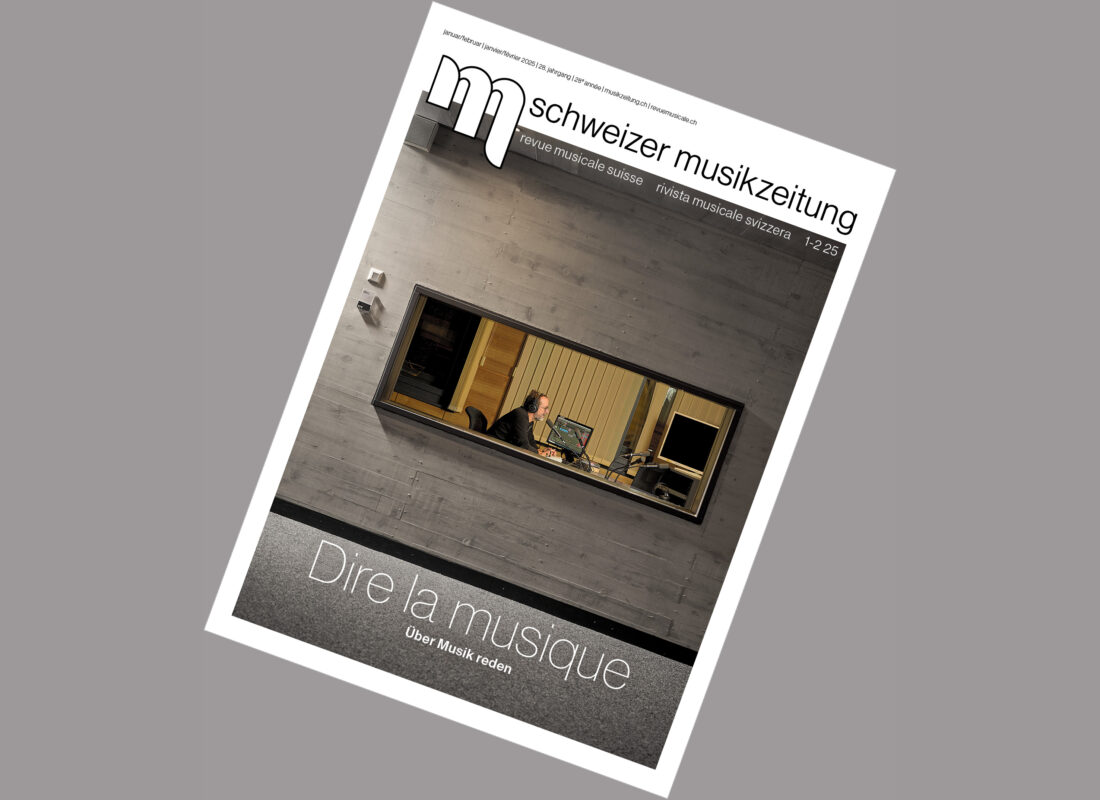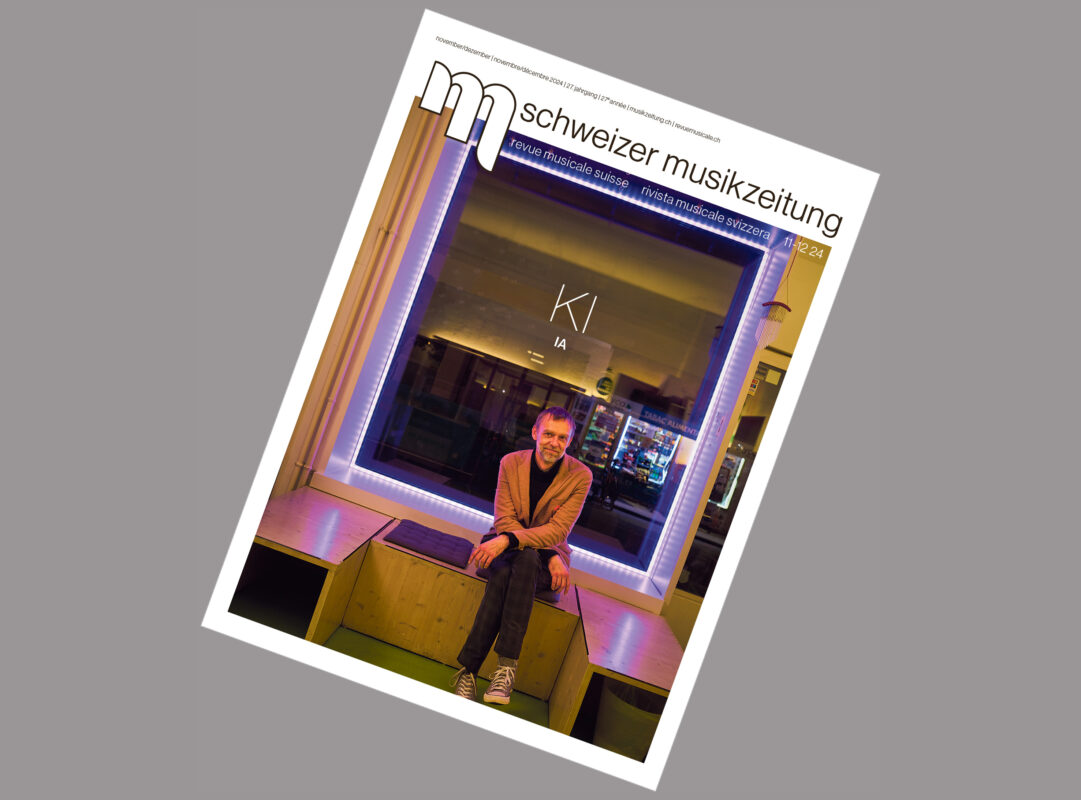The pedagogical legacy of Zoltan Kodály
External teams of music teachers are taking over all music lessons in New York schools and achieving astonishing results. Testing the results in local daycare centers could bring new momentum to our educational research.


External teams of music teachers are taking over all music lessons in New York schools and achieving astonishing results. Testing the results in local daycare centers could bring new momentum to our educational research.
The schools in New York, especially those in the Bronx, are not bedded on roses: For financial reasons, many are unable to offer arts classes, and 59% of the city's public schools do not have a designated music teacher on staff. But there is the ETM, the Education Through Music organization. Schools can hand over all music lessons to this team of dedicated music teachers.
ETM adopts music as a core subject in the partner schools, sets up the music rooms and offers comprehensive lessons with highly qualified music teachers who also lead bands and orchestras. On the website www.etmonline.org 43 members of this team are listed. They are convinced that every child should have access to high-quality music lessons. Music should not only be core material, but also a means for overall development.
Better performance, more self-confidence
ETM states that music education has been shown to improve children's cognitive skills and school performance in all subjects, as well as their social-emotional development (self-esteem, confidence and discipline). Exposure to the arts even continues into adulthood: long-term studies have shown that students with low socioeconomic status who were more exposed to the arts during adolescence had a greater chance of getting into college and scoring higher.
The effectiveness of the program is based on the strict ETM music curriculum. Its content, unfortunately, is not retrievable; it is meant to be comprehensive, progressively building and focused on standard skills. Music teachers and classroom teachers work together to integrate the curriculum and engage students in all school work. Annual recital exercises help to drive social and emotional development.
The success of ETM is evaluated at the end of each school year. The report, based on data from the 2014/15 school year, shows the extent of the program's impact on students and communities. It also provides an overview of the evaluation design, the data collection methods and the analyses used.
The results are impressive: Pupils' performance improved in all academic areas, particularly in schools that have been ETM partners for four or more years: They show significantly higher exam performance in math and language than in schools without an ETM partnership. Pupils with special needs and learning difficulties also performed better in long-term partner schools.
Almost 90% of students, parents and teachers believe that ETM has a significant positive impact in the social-emotional areas of confidence, creativity, cooperation and artistic skills. And 90% of all students feel that ETM has improved their attention and concentration.
The founder and her growing success
Since its first partnership in 1991, ETM's stated goal has been to provide this type of music education to every child in New York City's low-income neighborhood. That goal has come closer: during the 2014/15 school year, ETM was a partner in 46 NYC schools, serving nearly 27,000 students in four boroughs from kindergarten through eighth grade.
ETM goes back to the music teacher Mary Helen Richards, who was inspired by the Hungarian composer Zoltan Kodály. Together with a small group of American and Canadian teachers, she founded the Richards Institute of Education and Research in 1969, which grew rapidly and developed the ETM program. This was very well received by teachers. Zita Wyss, the pioneer of parent-child singing in Switzerland, was also inspired by ETM. Today, the institute offers 14 winter courses, 3 to 4 camps in the summer and a week-long colloquium, which is attended internationally. With the help of ETM and American children's songs, the Vietnamese women and their children in the USA, who had been chased out of their country after the Vietnam War because they had become involved with a GI, were also integrated.
The Swiss parallel
Thirty years ago, a National Fund project was launched in Switzerland, also inspired by Zoltan Kodály, under the almost identical name "Better education with more music": 50 school classes received five lessons of music a week for three years, but one less lesson each in mathematics, French and German. The theory that there were no losses despite the reduction in these main subjects was confirmed. There were even improvements, particularly in the social-emotional area. And the effects began to become clearer after three years.
These results led to a public discussion about music in schools and to Article 69.2 of the Federal Constitution: "The Confederation may support cultural endeavors of national interest as well as art and music, particularly in the field of education." (However, this article was then cunningly reinterpreted to serve as the basis for the Culture Promotion Act). Finally, there was even a new constitutional article on music education, which now states that the Confederation and the cantons are committed to high-quality music education. Unfortunately, however, nothing has changed in schools since then: Music lessons are in a desolate state in many places.
The Hungarian role model
Fifty years ago, we heard about the Hungarian primary music schools, where a music lesson was given every day and the strict Kodály curriculum involved singing by hand, learning musical notation and practising sight-singing and notating music. And it was reported that the learning results of the pupils at these schools were significantly better in all subjects than at the usual elementary schools, as were their ability to concentrate, fluency in speech and formulation, memory and discipline of thought. Even their emotional life is enriched.
The results made people sit up and take notice, but in the West it was said that they were not scientifically substantiated. Although there were a few studies, none of them used conditions similar to those in Hungarian primary music schools. This also applied to the Swiss study: music lessons still had to be taught in accordance with the cantonal curricula; the head of the study only had an indirect influence, for example by teaching the Kodály model of singing training in the further education seminars - without much success.
The Hungarian experiment itself, however, seems to have been completely ignored by pedagogical and psychological research: In Does music make you smart? by Lutz Jäncke (Huber, 2008) is not mentioned, although "all" relevant studies are discussed. In view of the findings as presented in Music education in Hungary (Klett, 1966), this is incomprehensible.
New impetus for pedagogy
What we are now hearing from ETM in New York is reminiscent of the Kodály schools in Hungary. The results described - scientifically verified - would simply be sensational and should lead to a rethink in education. However, such a review would have to take place at the New York schools. The conditions there are ideal: a strict curriculum and existing experimental and control classes. It is to be hoped that renowned educational researchers will finally look into this.
In Switzerland, we could also offer such a test - for the lowest level - with relatively little effort, namely in the daycare centers, for example according to the following plan: 5 KITAS with 1 music lesson each according to ETM daily, 5 without ETM, i.e. a population of about 100 children each in the test and control group. This scientifically supervised study would have to run for 3 to 5 years, the ETM curriculum would have to be binding, and the teachers would have to be musically and pedagogically competent.
The children's abilities would be measured twice a year. There are already tried and tested designs and experienced teams for this. Courses are also already offered for the musical training of the leaders, namely at the Solotutti Center for Music in Solothurn. Experienced leaders of parent-child singing could also be requested.
Such a study would also be a constructive contribution to the current debate on educational support in early childhood. And it would be a commendable late reference to the great Zoltan Kodály. In addition, it would be a steep pass for Swiss pedagogical research. We can only hope that it will not miss this opportunity.
In the meantime, we can enjoy the pictures and videos of the pupils making music, which are available on www.etmonline.org can be seen: The joie de vivre expressed in them is stunning and touches the heart. This is the kind of fun-filled school we want.








